US billionaires’ and Vietnam’s “green” dreams
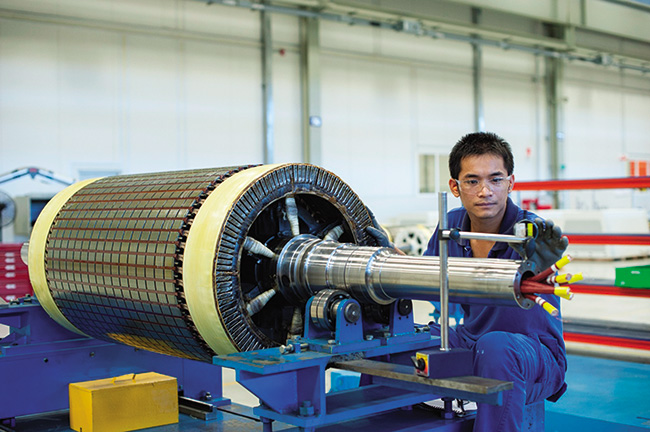 |
| Vietnam has oft been a favourite of global corporations and that trend is set to continue |
Microsoft, Intel and Vietnam’s IT dream
CLAS Expara Vietnam Accelerator (CEVA), a programme designed to help startup businesses to get off the ground, was last week launched in Vietnam by the software giant Microsoft, Expara - South East Asia’s leading venture accelerator, and CLAS (Customer Loyalty and Acquisition Services) - a hi-tech software service company that makes use of new technologies.
CEVA has had a huge impact on the startup community so far by providing useful resources, business model plans and funding for startups.
A year ago, Microsoft announced its plan to invest $3 million in Vietnam between 2015 and 2017 as part of the company’s global YouthSpark commitment, empowering young people with opportunities in education, employment, and entrepreneurship. This programme plans to deliver technology courses and resources to thousands of young Vietnamese people over the next three years in an effort to foster future innovators in the country. These will include digital literacy skills, coding and computer science classes as well as internships and scholarships.
Along with CEVA and YouthSpark, millions of US dollars worth of software has been donated in Vietnam since Microsoft established itself here in 1996. Efforts were among initiatives by Microsoft founder and the world richest man, Bill Gates to help Vietnam develop its IT infrastructure.
According to Vietnam’s White Book on Information and Communication Technology, a million IT engineers will be needed by 2020, increasing the current workforce of 440,000.
“The key element in allowing IT to help the economy grow and become an export sector itself, comes back to investment in education,” Gates told a young audience of about 1,000 people at the auditorium in the Hanoi University of Technology when he visited Vietnam for the first time in an official capacity in April 2006. “Clearly I see that over the next decade Vietnam will achieve those miracles.”
Two months prior to Gates’ visit, the world’s largest chipmaker, Intel, received its investment certificate to build a $300 million assembly and testing plant in Ho Chi Minh City.
Intel Products Vietnam’s total registered investment was raised to $1 billion nearly a year later. The plant went into operation in 2010 and by 2015, 80 per cent of the chips sold worldwide were labeled “made in Vietnam.” Intel Products Vietnam now employs more than 1,000 locals and its manufacturing site is Intel’s largest overseas facility. It is three times the size of a normal Intel plant, and double the size of the company’s Malaysia-based site.
GE and Vietnam’s 1,000 megawatt wind power goal
CEO of General Electric (GE) Jeffrey Immelt, who has made three official business trips to Vietnam in 2007, 2012 and 2015 since he assumed office at GE about 15 years ago. He takes pride in GE’s consistently increasing footprint in Vietnam since its establishment in the country in 1993.
Immelt, ranked the 24th in Forbes’ list of the world’s post powerful people in 2015, has been named one of the world’s best CEOs three times by Barron’s, and since he began serving as CEO, GE has been named America’s most admired company” in a poll conducted by Fortune magazine and one of the world’s most respected companies” in polls by Barron’s and the Financial Times.
With its “Company-to-Country” strategy, GE has focused on Vietnam’s oil and gas, power, renewable energy, energy connections, healthcare and aviation, achieving double-digit growth annually.
“Vietnam is developing and evolving through the Trans-Pacific Partnership (TPP) agreement and some of its new international engagements, thus Vietnam continues to be a point of interest for me,” Immelt told VIR in an exclusive interview during his latest visit to Vietnam last October. “This is a young country in terms of attitude, age, people’s thinking and opportunities. GE is a 124-year-old company: we need young thinking all the time to keep us energised and moving forward.”
Wind power has been one of GE’s focus businesses in Vietnam. 2007 saw GE’s first steps in developing the $110 million GE Haiphong manufacturing facility in response to the growing global demand for power generation equipment and in support of cleaner energy production. In 2010 and 2013, GE signed contracts with Cong Ly Construction-Trade-Tourism to provide 62 wind turbines for the Bac Lieu wind farm in the Mekong Delta, with a total output of 99.2MW. The $233 million first phase of the wind farm was connected to the national grid in May 2013 and its $400 million second phase is scheduled to begin operations in 2018.
Immelt’s visit to Vietnam last year was in support of GE’s ambitious wind power plan which will see the company co-operate with the Vietnamese government. The country’s strategy will be to raise the total wind power output to around 1,000MW by 2020 and 6,200MW by 2030, boosting the proportion of wind power from 0.7 per cent by 2020 to 2.4 per cent by 2030 in line with a prime ministerial decision issued in November last year.
According to data released by the Ministry of Industry and Trade, a total of 50 wind power projects have been registered but only five have seen implementation in Vietnam and only three are generating commercially.
“From a technical standpoint, there is no reason why wind could not be big in Vietnam. But then the question of how to secure good finances and how much of that is to be driven by loan guarantees comes into play. It is still a very fluid market for wind projects and we would like to do more,” Immelt said.
Harbinger Capital Partners and Vietnam’s tourism
A decade ago, Harbinger Capital Partners, a US private investment firm founded by billionaire Philip Falcone in 2001, made headlines as it announced that it would throw weight behind Vietnam’s unique Vegas-style casino in the southern province of Ba Ria-Vung Tau.
Falcone, the 1,565th richest person in the world according to Forbes’ 2014 ranking, told VIR that he had a tremendous sense of pride as an American investor in Vietnam. For him, “Vietnam stands at the vanguard of an ascendant Asia-Pacific” and “with the establishment of the ASEAN Economic Community and the Trans-Pacific Partnership coming online in the next few years, Vietnam is quickly evolving into one of the most dynamic markets in Asia.”
In 2006, Falcone made his first investment in $4.2 billion The Grand Ho Tram Strip resort and casino complex, with its immaculate beaches, idyllic climate, and proximity to an international travel hub in Ho Chi Minh City.
“Not only was I drawn in by the rare opportunity to build a world class tourism development on one of the most pristine coasts on the planet, but as a long-time global investor, I had an instinct that Vietnam was on the path to becoming one of the world’s premier destinations for inbound international investment,” he said.
Licensed in March 2008, The Grand Ho Tram Strip, in which Harbinger Capital Partners is the majority shareholder, is located on more than 400 acres of pristine beach in Ho Tram. The development is a 541 room integrated resort that features ten restaurants and bars, an award winning spa, three swimming pools and an international-standard casino.
The resort also includes The Bluffs, the 18-hole Greg Norman designed championship golf course – the first in Vietnam to be featured in Golf Digest’s Top 100 courses in the world. The first phase of the resort completed in 2013 and The Bluffs opened for play in early 2014.
“We have put $700 million into this project, and have announced an additional $300 million in on-going construction projects. In addition, we are working with various government officials to develop the first private fixed-based operator airport in Vietnam to further enhance The Grand as a world-class tourist destination,” Falcone told VIR.
The Grand, Vietnam’s biggest foreign-invested tourism project, is emerging as an attraction to foreign tourists, in line with Vietnam’s goal of becoming one of the hottest destinations in global travel. Statistics put foreign arrivals in Vietnam last year at 8 million, a 3 per cent increase from the previous year, and tourism earned Vietnam more than $15 billion in revenue in 2015.
“Right now we have 1,600 people working at The Grand. We are fully expecting our resort to be an international family resort, to open tourism and bring those dollars onto Vietnamese soil. That is the ultimate goal and we think we can be at the forefront of that,” Falcone said.
Construction is now underway on a second tower at The Grand, with an additional 559 rooms, on a condotel and vacation home development. It is also expected to draw more US investment capital to Vietnam with Falcone’s eagerness to work with other large American investors.
“As an experienced investor in Vietnam, I have seen the country’s promise firsthand - as we say in New York, I am bullish about Vietnam’s future, and I’m all-in.”
What the stars mean:
★ Poor ★ ★ Promising ★★★ Good ★★★★ Very good ★★★★★ Exceptional
Latest News
More News
- Vietnamese enterprises embrace value creation model (December 13, 2024 | 09:00)
- Happy Vietnam awards honour photo and video artists (December 13, 2024 | 08:54)
- Vietnam unveils 2024 rankings of top employers and value-driven enterprises (December 12, 2024 | 17:00)
- ‘Blockbuster’ Eaton Park sells out just one week after launch (December 12, 2024 | 08:00)
- German businesses remain upbeat about Vietnam (December 11, 2024 | 15:45)
- Tech giants bet big on Vietnam's future (December 10, 2024 | 17:53)
- Forum on green solutions for industrial parks and investment promotion organised in Vinh Phuc (December 09, 2024 | 19:08)
- Vietnam and GGGI launch plan for green growth and climate action (December 08, 2024 | 20:38)
- FTZs to open regional doors for logistics (December 07, 2024 | 10:00)
- Vietnam sees increase in FDI in the first 11 months of 2024 (December 06, 2024 | 19:15)




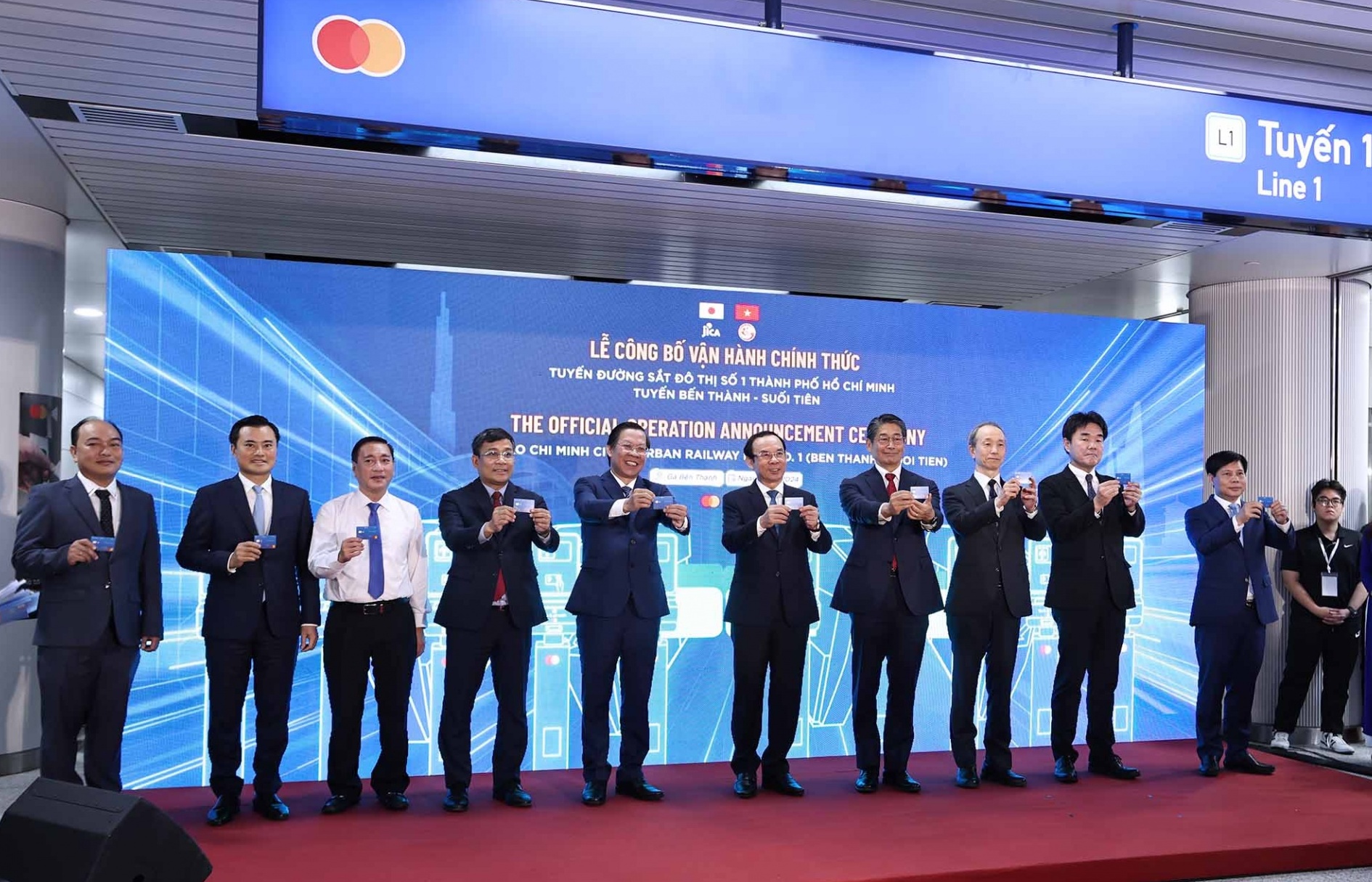
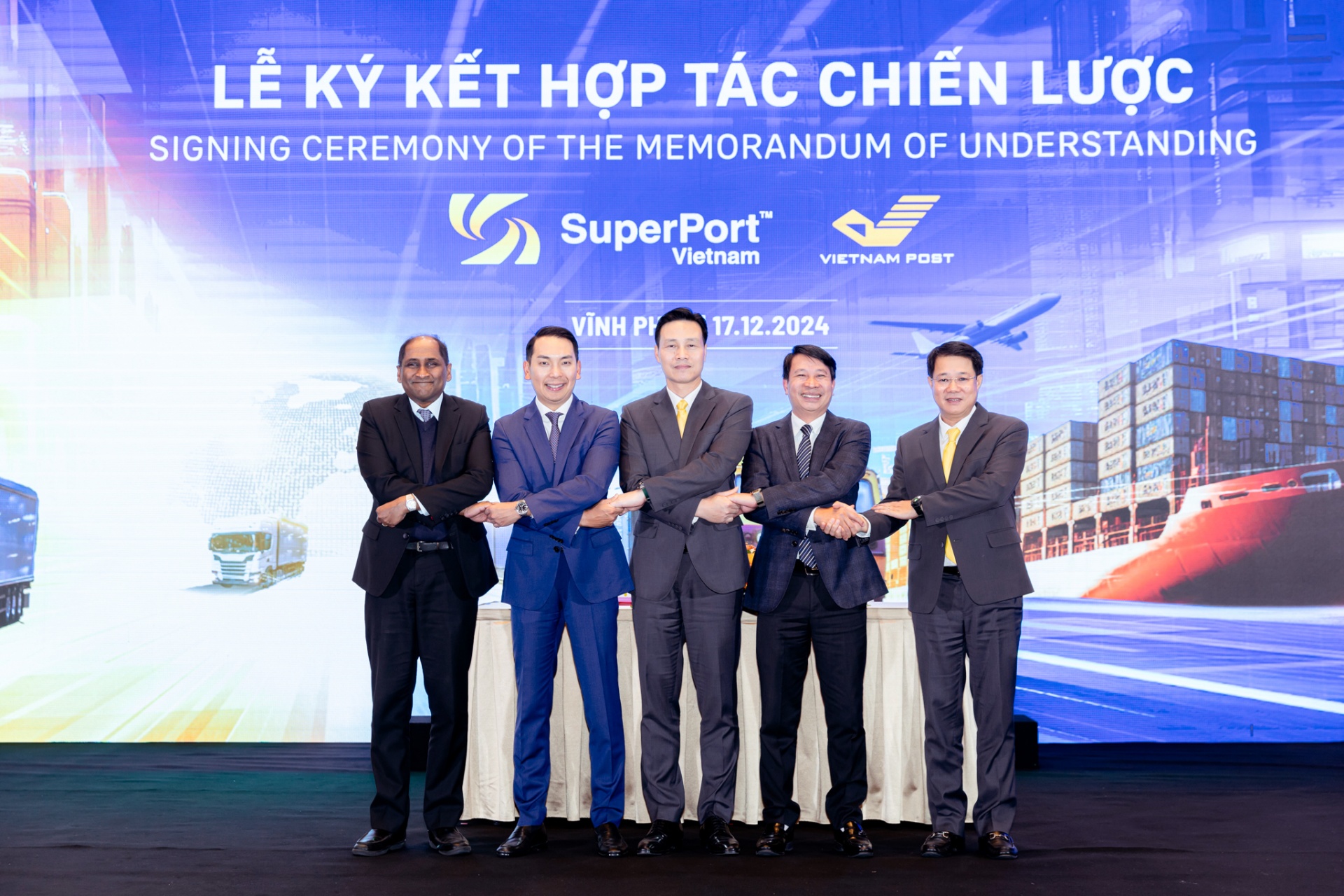

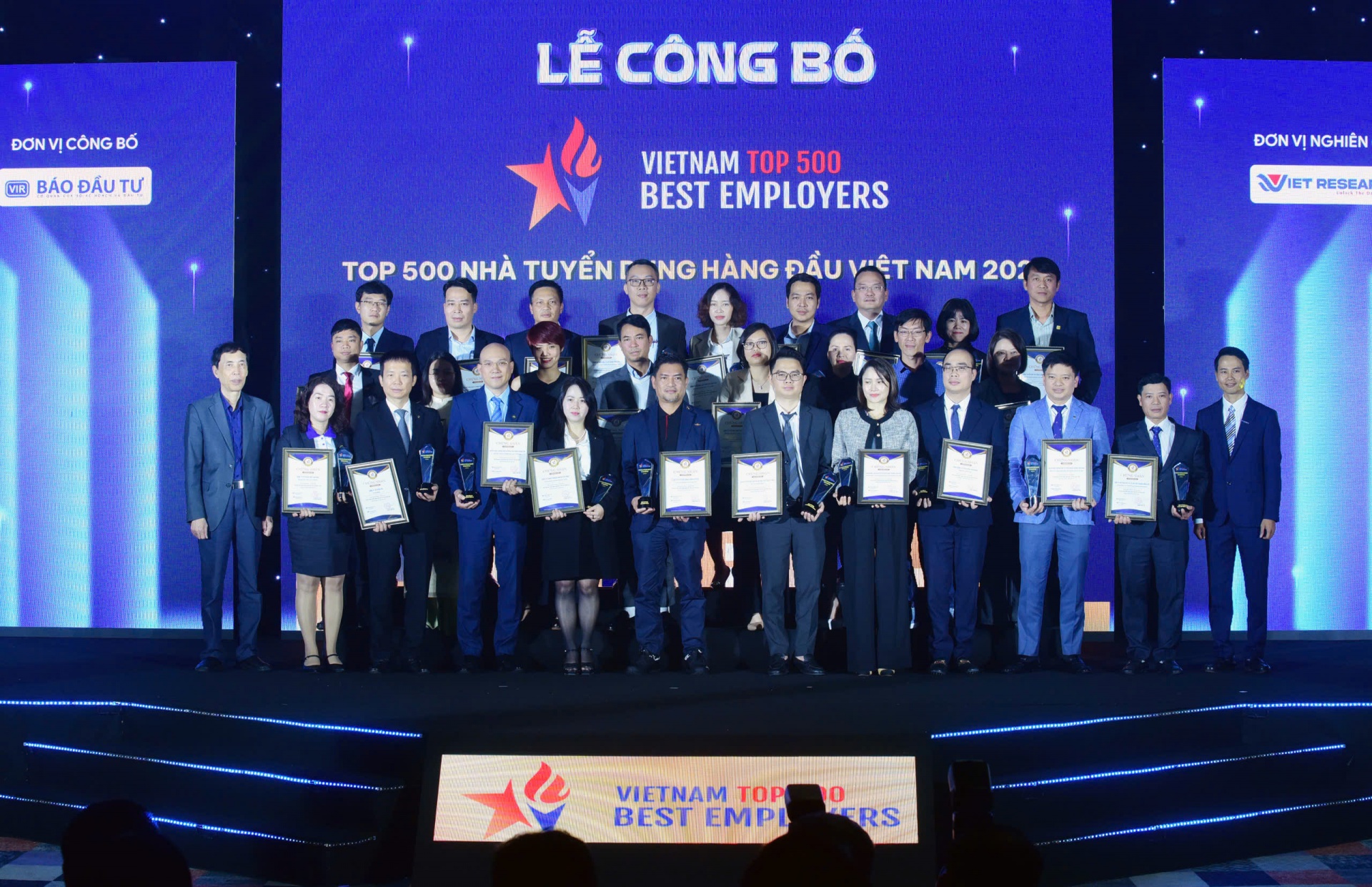




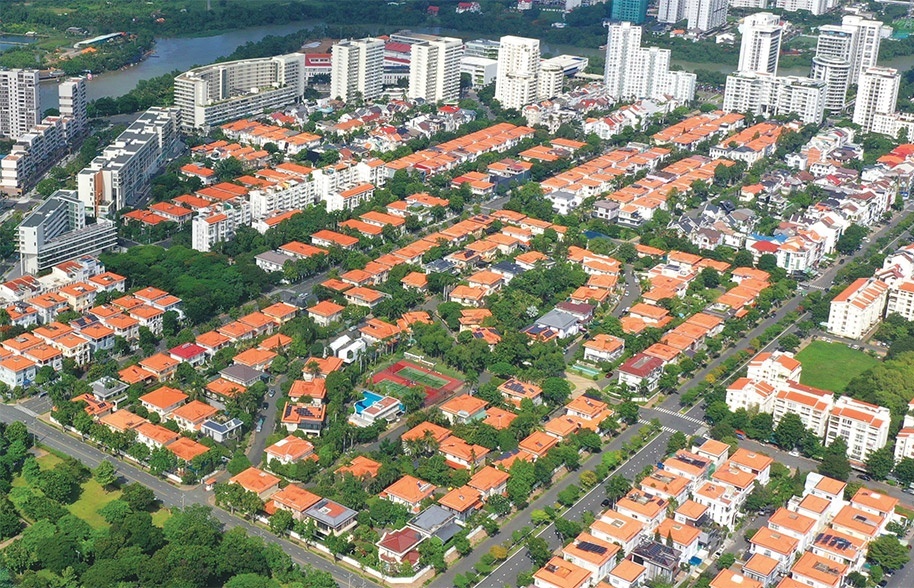
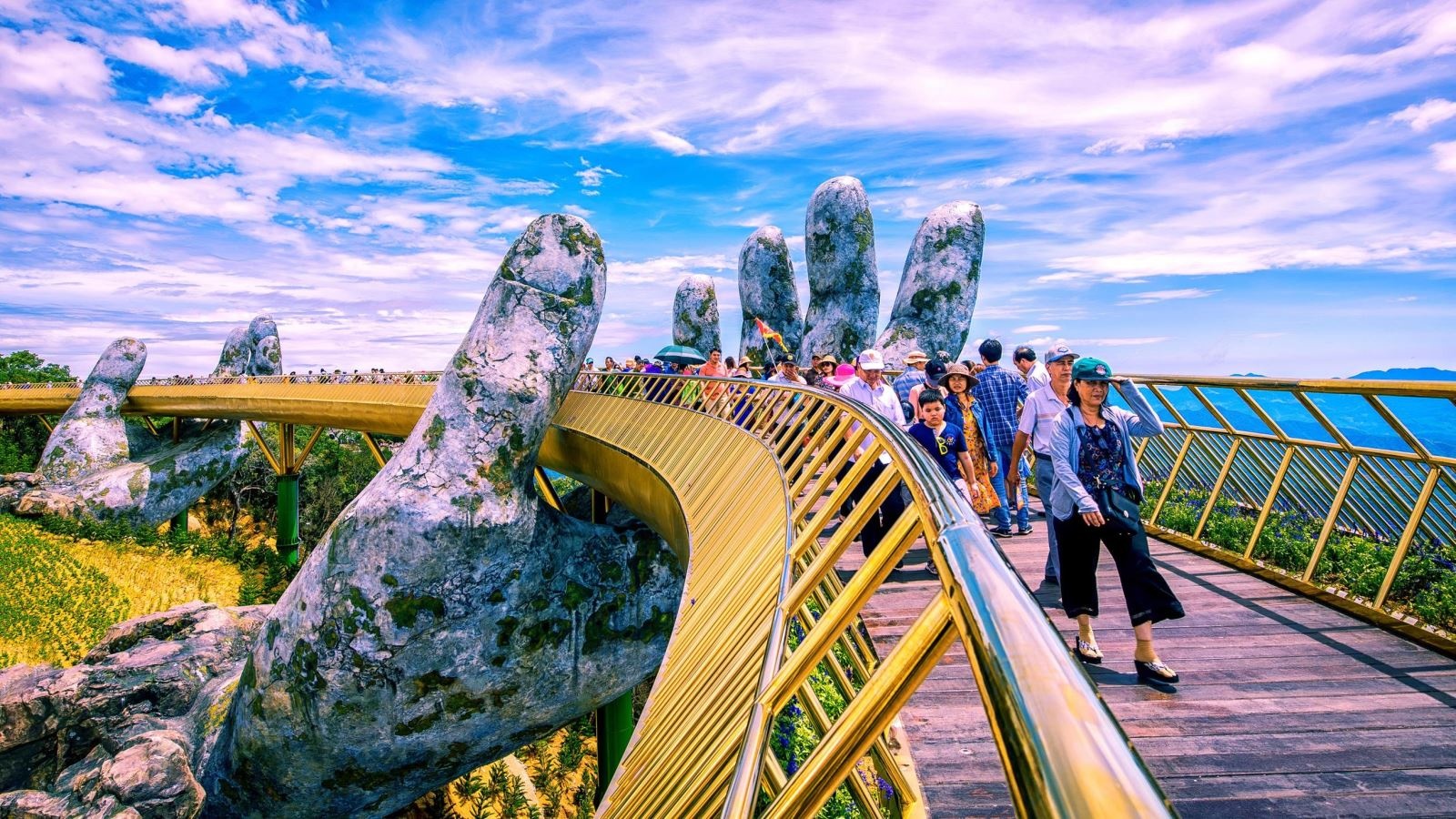
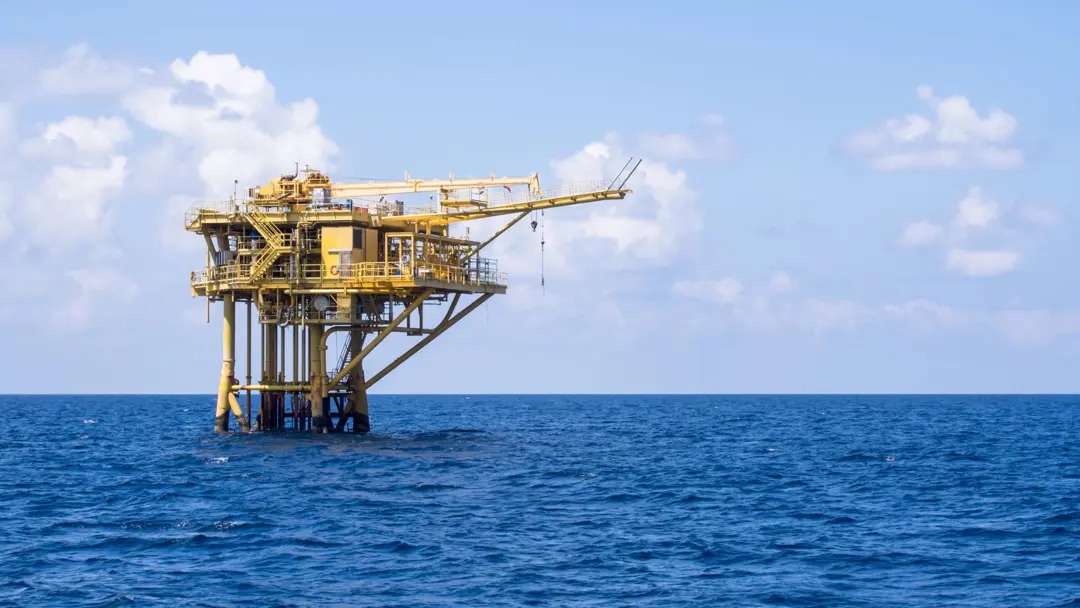



 Mobile Version
Mobile Version